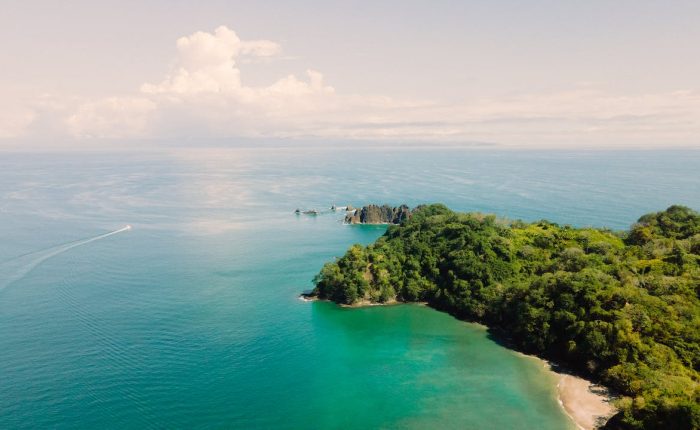Costa Rica, a Central American gem, is a haven for adventurers and nature lovers. This vibrant country is renowned for its lush rainforests, stunning beaches, and rich biodiversity. However, beyond its famous tourist spots lies a myriad of hidden treasures waiting to be discovered by those who venture off the beaten path. Exploring these lesser-known locales offers a unique glimpse into the heart of Costa Rica’s natural beauty and cultural richness.
As you embark on this journey, imagine wandering through untouched landscapes where the sounds of wildlife replace the hustle of crowded tourist sites. Picture yourself strolling along secluded beaches, far from the busy resorts, where the waves gently kiss the shore. Each destination we’re about to uncover is a testament to Costa Rica’s commitment to conservation and sustainable tourism, offering experiences that are not only breathtaking but also responsible and respectful of the natural environment.
From the misty heights of cloud forests to the tranquil waters of hidden lagoons, these ten must-visit places in Costa Rica combine the surreal and the sublime. They invite you to step away from the conventional and immerse yourself in this enchanting country’s authentic, unspoiled spirit. Whether you are a seasoned traveler or a curious explorer, these destinations promise to fill your journey with wonder, excitement, and unforgettable memories.
1. Visit the Indigenous Territories

Image Source: By Mariordo
Exploring the Bribrí or Cabécar indigenous territories in the Talamanca Mountains of Costa Rica offers a unique and enriching experience. The Bribrí, one of Costa Rica’s oldest indigenous groups with a history spanning over 3,000 years, reside primarily in these mountains along the Panama border. Their society is notably matriarchal, with women playing a crucial role in family and community decision-making. This societal structure is distinct from many modern cultures and emphasizes the importance of maternal lineage and inheritance.
The Bribrí people deeply respect nature, viewing it as a source of life and spirituality. Their traditional medicine practices include medicinal plants and herbs, reflecting their profound understanding of the natural world. The Bribrí community is self-reliant, producing food and living harmoniously with their environment. Their craftsmanship, evident in their beautiful handicrafts like baskets, woven bags, and pottery, and their traditional knowledge of cacao cultivation and processing, is recognized as an “intangible cultural heritage” by the United Nations. Cacao plays a significant role in Bribrí culture and is used in rituals and ceremonies to communicate with the spirit world.
How to Get There and What to Expect
To visit the Bribrí or Cabécar indigenous territories in the Talamanca Mountains, travelers typically start from Puerto Viejo. Puerto Viejo is located on Costa Rica’s Caribbean coast and is accessible by bus or car from San José, the capital city. The journey offers scenic views and a glimpse into the country’s diverse landscapes. Once in Puerto Viejo, various local tour operators offer guided trips to the indigenous territories, ensuring respectful and authentic cultural interactions.
Upon arriving in the Talamanca Mountains, visitors can expect to enter a world that beautifully blends ancient traditions with the natural world’s rhythms. Lush tropical forests, a chorus of wildlife, and the warm hospitality of the Bribrí and Cabécar communities will greet you. The experience includes learning about their unique cultural practices, such as cacao cultivation and traditional medicine while observing their sustainable way of life. Visitors should prepare for a rustic and immersive experience, respecting local customs and the environment.
2. Hike to Hidden Waterfalls: Catarata del Toro and Nauyaca Waterfalls

Image Source: Von Matthias Bethke
Experience the Insider community that takes your international lifestyle to the next level. Download your FREE guide
"18 Steps to Implementing Your Plan B" instantly!
Catarata del Toro and Nauyaca Waterfalls are two of Costa Rica’s hidden gems, offering breathtaking natural beauty and tranquility. Catarata del Toro, known for cascading into an extinct volcanic crater, is one of Costa Rica’s largest and most unique waterfalls. Nauyaca Waterfalls, famed for their impressive cascades and natural pools, provide a serene and picturesque setting. These destinations are perfect for those seeking an off-the-beaten-path adventure in the heart of nature.
How to Get There and What to Expect
Catarata del Toro is near Bajos del Toro in the northern mountains, accessible via Route 126 from San José towards La Fortuna. It’s also reachable from Puerto Viejo de Sarapiqui, about an hour away. The area is lush with jungle and other stunning waterfalls. The main trail through the primary rainforest leads to the waterfall, involving about 260 steps to the base. The hike is moderately challenging, especially the climb back up, but the view of the 90-meter waterfall plunging into a volcanic crater is rewarding.
Nauyaca Waterfalls, located in a private reserve near Dominical, can be accessed from Route 243 towards Tumbas. These falls offer a less strenuous hike, and visitors can enjoy the scenic beauty, swim in natural pools, and observe local wildlife. Both destinations provide facilities, but wearing comfortable shoes and bringing rain gear is recommended.
3. Explore the Osa Peninsula
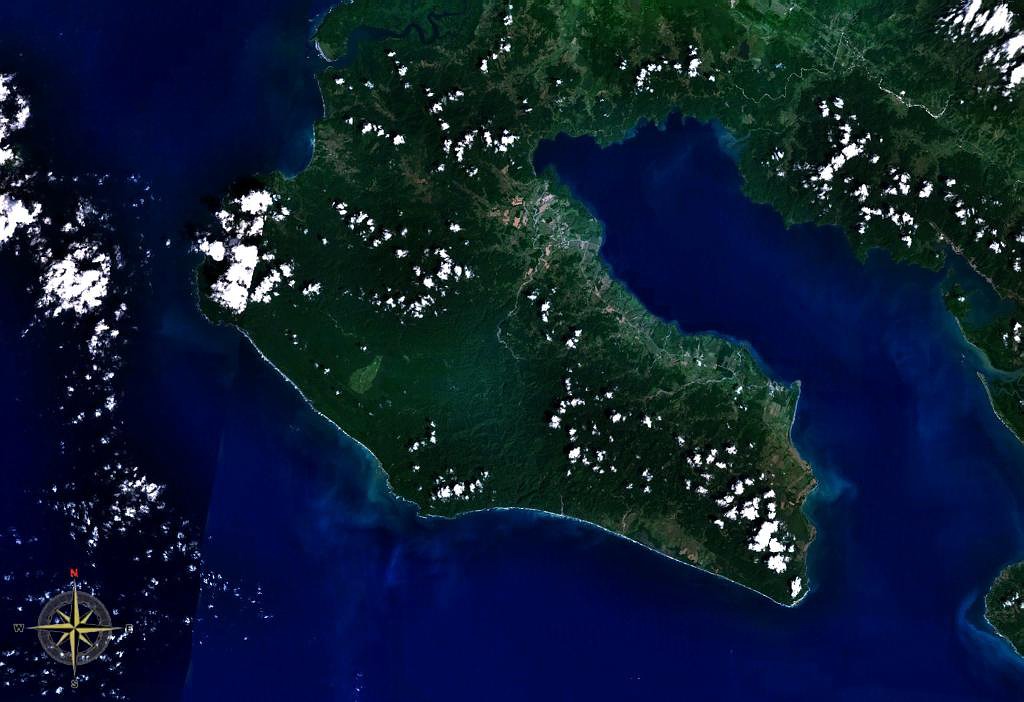
Image Source: Public Domain
The Osa Peninsula, a less traversed but wildly captivating region of Costa Rica, provides an authentic experience of the country’s renowned biodiversity and natural beauty. This remote area, known for its raw and untouched landscapes, is a paradise for wildlife enthusiasts and nature lovers. Home to Corcovado National Park, the peninsula boasts lush rainforests teeming with an incredible diversity of wildlife, including numerous monkey species, sloths, wild cats, and multiple bird species. The peninsula’s secluded beaches and unspoiled natural habitats provide a perfect escape for those seeking a more adventurous and less commercialized experience in Costa Rica.
How to Get There and What to Expect
Reaching the Osa Peninsula can be an adventure in itself. It’s about a 5-6 hour drive from San Jose, with well-marked, paved roads until you reach the peninsula. Travelers are advised to rent a 4×4 vehicle as many local roads are unpaved and may require river crossings in the rainy season. Alternatively, regional air carriers offer flights from San Jose to Puerto Jimenez, the main town on the peninsula, with the flight taking about an hour.
Once there, expect a rustic yet enchanting experience. Puerto Jimenez is a convenient base for exploring the region, including the famed Corcovado National Park. The town provides basic amenities like ATMs, supermarkets, gas stations, restaurants, and hotels. The peninsula’s hot, humid tropical rainforest climate means visitors should be prepared for high temperatures and humidity. Outdoor activities like hiking in Corcovado National Park, dolphin watching in the Golfo Dulce, and exploring the area’s diverse marine life at Cano Island are popular. Sturdy hiking boots, moisture-wicking clothes, bug spray, and hydration are essential for a comfortable experience.
4. Night Tours in the Jungle
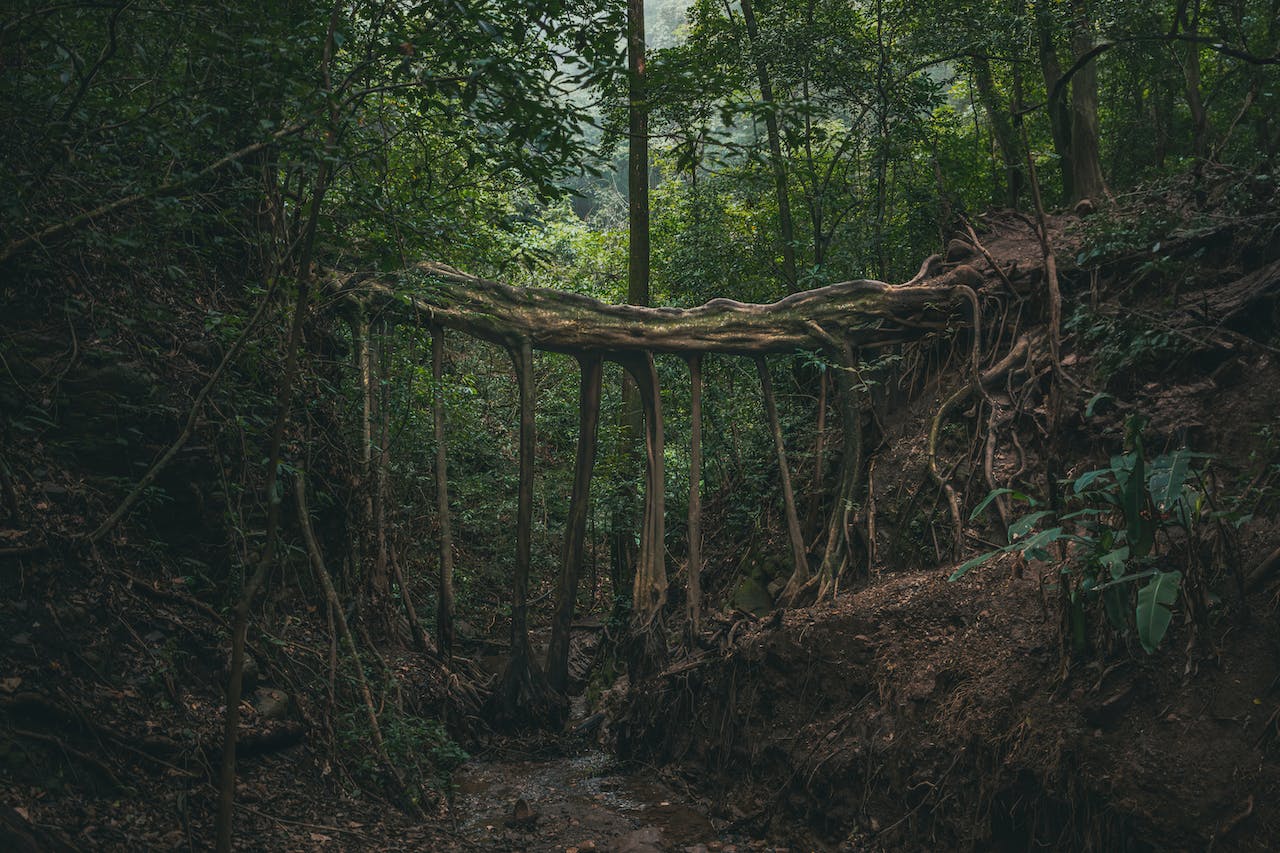
Night tours in Costa Rica’s jungle are a unique and thrilling experience of the rainforest, bringing to life a mysterious world that thrives under the cloak of darkness. These tours, such as the Monteverde Rain Forest Night Walk or the Manuel Antonio Jungle Night Tour, allow adventurers to experience the nocturnal activities of the jungle’s diverse inhabitants. From the eerie glow of bioluminescent organisms to the soft rustling of nocturnal mammals, these tours reveal the unseen and unheard wonders of the forest at night. With a knowledgeable guide leading the way, visitors can safely navigate the dark trails and uncover the hidden behaviors and habitats of various creatures that only emerge after sunset.
How to Get There and What to Expect
Night tours are primarily conducted in areas like Monteverde and Manuel Antonio. Accessing these locations typically involves a drive or a guided tour transfer from nearby towns or accommodations. For example, the Monteverde Rain Forest Night Walk takes visitors into the heart of the Monteverde cloud forest, offering a chance to spot frogs, snakes, and insects unique to the region. On the other hand, the Manuel Antonio Jungle Night Tour allows for the observation of nocturnal mammals and the mesmerizing bioluminescence phenomenon.
Tours usually last about 2-3 hours and are conducted in small groups to enhance the experience. They often include transportation, a certified guide, and flashlights. Visitors should come prepared with a camera, hiking shoes, insect repellent, a raincoat, and comfortable clothing. These tours are designed to be accessible for all ages and provide an enchanting experience of Costa Rica’s nocturnal wildlife in its natural habitat.
5. Rural Community Tourism
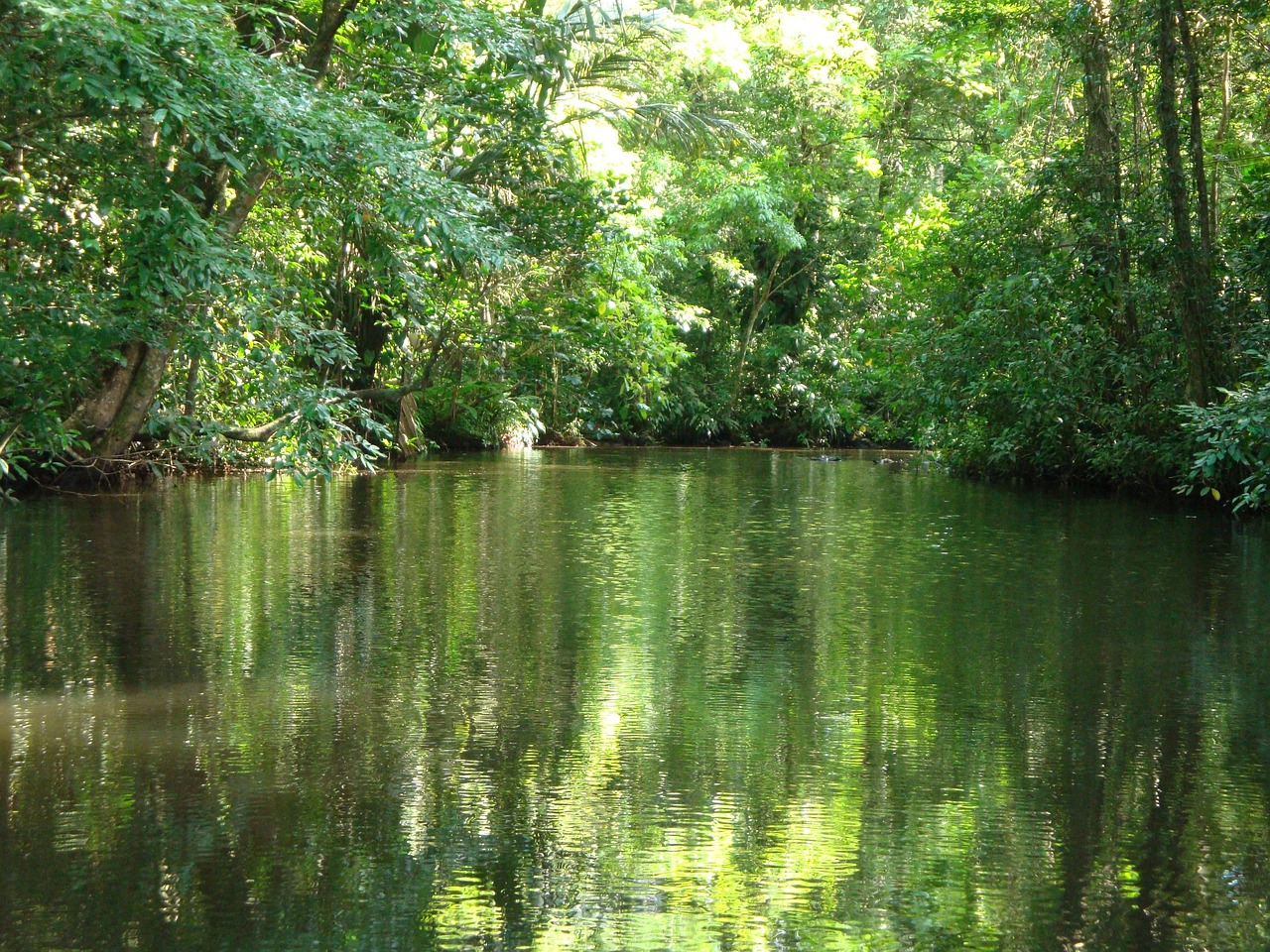
Rural Community Tourism (R.T.) and Community-Based Rural Tourism (C.R.T.) in Costa Rica offer an authentic and immersive experience, allowing visitors to delve into the country’s rural living and culture. This form of tourism is characterized by the quality of experiences various companies provide, blending nature and culture seamlessly. Tourists can engage in a family environment, gaining insight into rural culture, farming traditions, and small artisanal industries. These experiences are deeply rooted in traditional Costa Rican cuisine, community authenticity, and sustainable practices. R.T. and C.R.T. are about sightseeing and forming a deep connection with the local way of life, offering an authentic taste of the “Pura Vida” lifestyle in peaceful and natural settings.
Suggested Places to Visit
Monteverde Community: Famous for its cloud forests, Monteverde offers a chance to explore coffee plantations and learn about sustainable agriculture while enjoying the unique flora and fauna of the region.
Sarapiquí Region: Known for its rich biodiversity, Sarapiquí allows visitors to engage with local farming practices, including chocolate and pineapple production and offers a deeper understanding of ecological conservation.
Tortuguero Village: Accessible only by boat or plane, this remote village offers a unique experience of Caribbean culture and the chance to participate in conservation efforts, particularly for sea turtles.
Santa Juana Rural Mountain Adventure: Nestled near Manuel Antonio, Santa Juana provides an authentic rural experience with activities like sugar mill tours, tilapia fishing, and traditional Costa Rican cooking classes.
Boruca Indigenous Village: Here, visitors can learn about the indigenous Boruca tribe, famous for their vibrant, hand-carved masks and rich cultural heritage.
Nandayure in Guanacaste: A hidden gem for experiencing rural life, Nandayure is a picturesque landscape with activities centered around local agriculture and community projects.
San Vicente in the Nicoya Peninsula: This area allows one to explore traditional pottery-making techniques and participate in rural lifestyle activities in a tranquil environment.
6. Birdwatching in Lesser-Known Reserves:
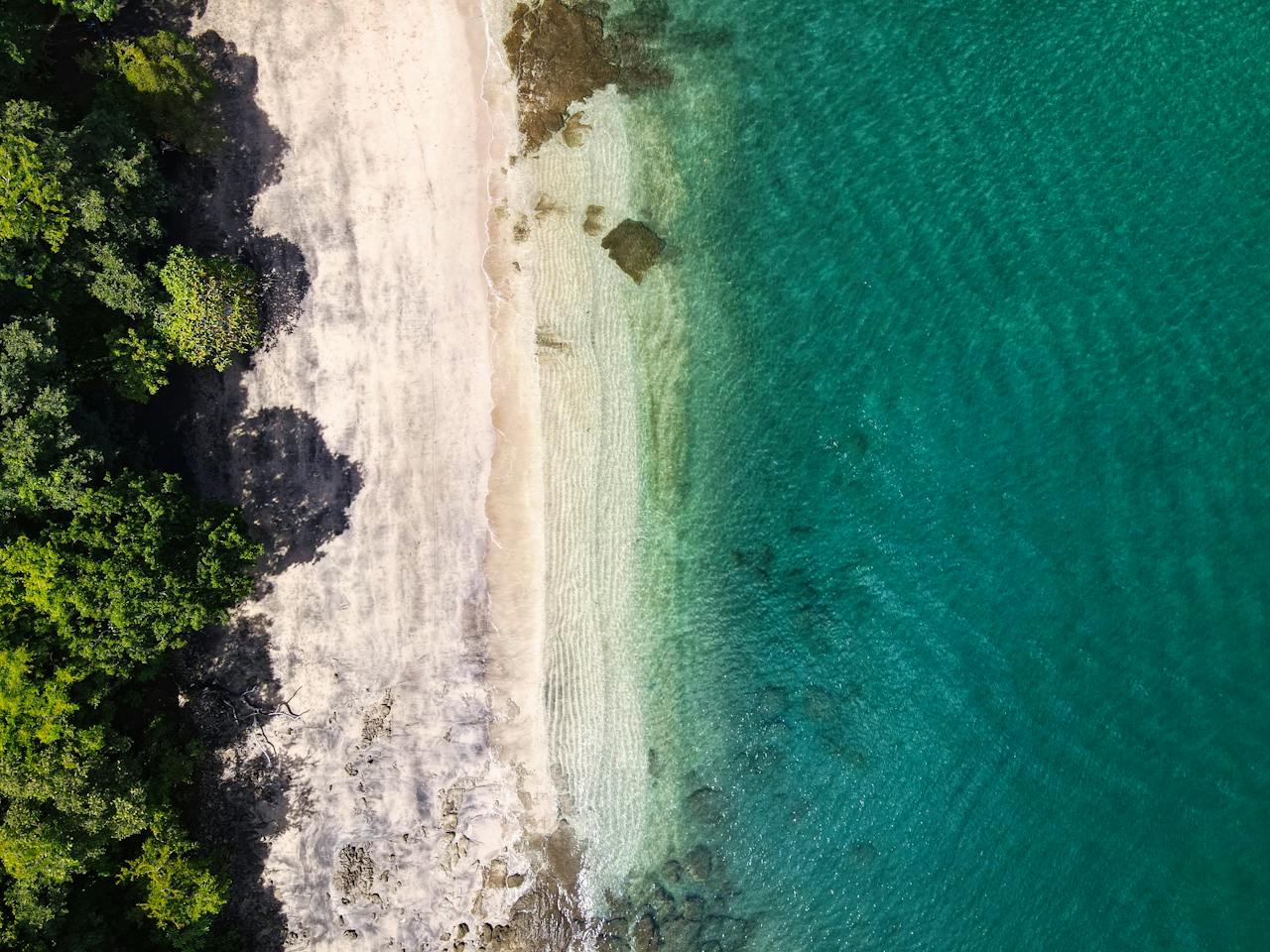
Costa Rica, a paradise for birdwatchers, hosts an astonishing variety of avian species, making it a prime destination for birding enthusiasts. Beyond the well-known hotspots, the country’s lesser-known reserves offer exceptional birdwatching opportunities, where enthusiasts can explore diverse ecosystems, from cloud forests and wetlands to coastal mangroves. These reserves provide habitats for various species, including some endemic to the region. Birdwatching in these lesser-known areas allows for an intimate experience with nature and supports conservation efforts and local communities dedicated to preserving these natural treasures.
Suggested Places to Visit
Palo Verde National Park, Guanacaste: Known for its wetlands, this park is home to species like the Jabiru stork and Mangrove Hummingbird. The park’s unique ecosystem is best explored during the dry season, from December to April.
Carara National Park, Central Pacific: A transitional forest haven for the Scarlet Macaw and Streak-chested Antpitta. The park is accessible and offers well-maintained trails for birdwatching.
Isla del Caño National Park, South Pacific: Famous for its turquoise waters and coral reefs, this island is an ideal spot for coastal bird species. Accessible by boat, visitors can expect a remote and pristine environment.
San Gerardo de Dota, Highlands: A paradise for bird lovers, primarily known for the Resplendent Quetzal. The highland forests offer a cool climate and the chance to see a variety of hummingbird species.
Caño Negro Wildlife Refuge, Atlantic Area: A wetland refuge ideal for spotting migratory waterfowl, including the American White Pelican and the Jabiru.
La Selva Biological Station, Atlantic Area: Offering a rich diversity of bird species, including the Great Green Macaw and the King Vulture. The station provides guided tours and research opportunities.
Visitors to these areas should bring waterproof binoculars, comfortable hiking shoes, neutral-colored clothing for camouflage, rain gear, and a field guide for bird identification. Expect to traverse diverse terrains and be prepared for varying weather conditions. Birdwatching in these reserves offers a chance to witness Costa Rica’s incredible biodiversity while supporting eco-friendly tourism initiatives.
7. Surfing in Pavones
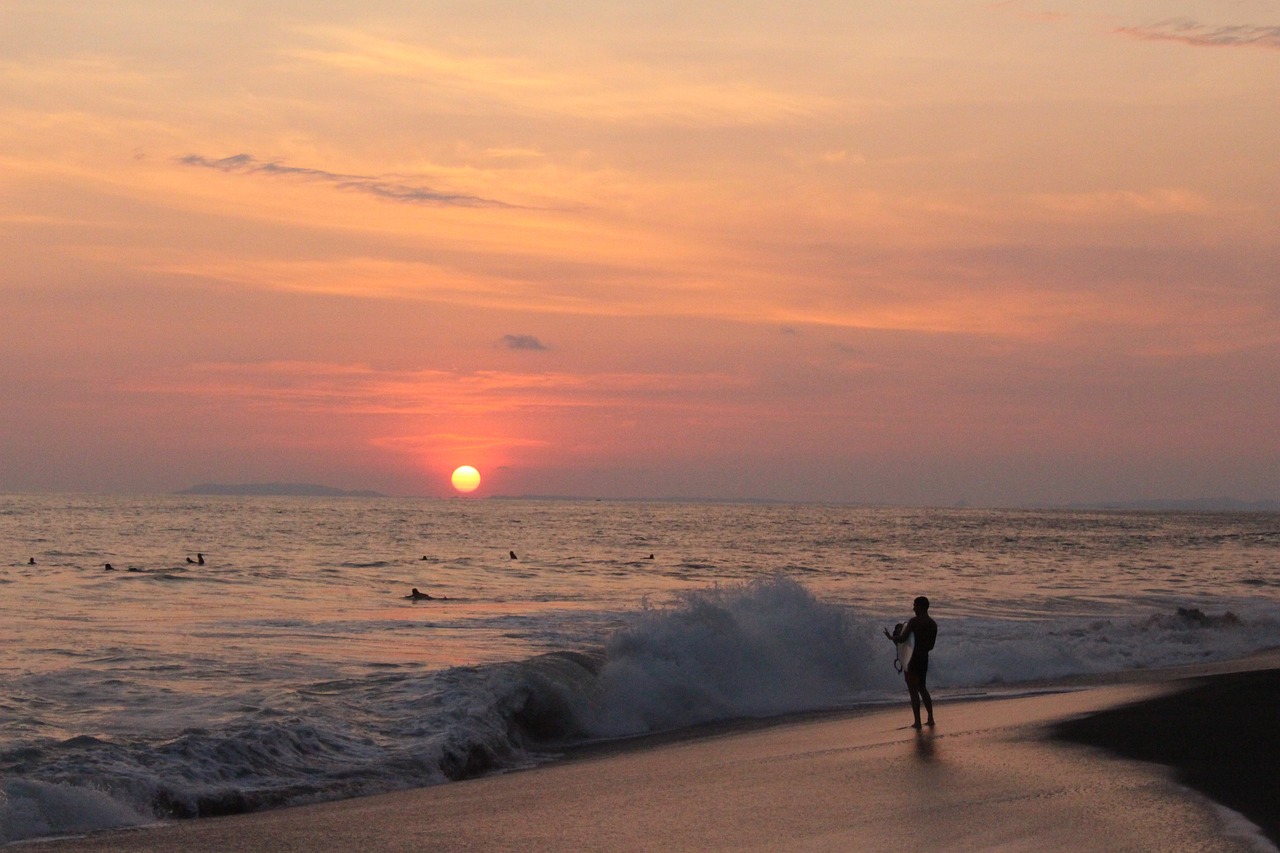
Pavones, situated on the southern Pacific coast of Costa Rica, is renowned among surfing enthusiasts for its legendary left-hand wave, one of the longest in the world. This remote paradise offers a unique blend of thrilling surf and unspoiled natural beauty, making it a must-visit destination for surfers seeking both challenge and tranquility. While small and secluded, the town vibrates with a laid-back, surf-centric culture, welcoming travelers with its warm, community-focused ambiance.
How to Get There and What to Expect
Reaching Pavones involves a journey that’s part of the adventure. It is accessible by a drive from San José or other significant towns, with the last part of the journey being on less-developed roads, adding to its remote charm. Upon arrival, surfers can expect to find a relatively undeveloped village that revolves around surfing. The main draw is the impressive left-hand wave that can offer rides up to several minutes long, particularly during the swell season from April to October. Accommodations in Pavones range from simple guesthouses to more comfortable lodgings, catering to a laid-back lifestyle. Non-surfing days can be spent exploring the lush surroundings, rich in biodiversity, engaging in other activities like fishing, horseback riding, or simply relaxing on the beautiful, unspoiled beaches. Visitors should be prepared for basic amenities and bring necessary supplies, as the town’s remote nature means fewer commercial facilities.
8. Visit the Bajos del Toro Cloud Forest
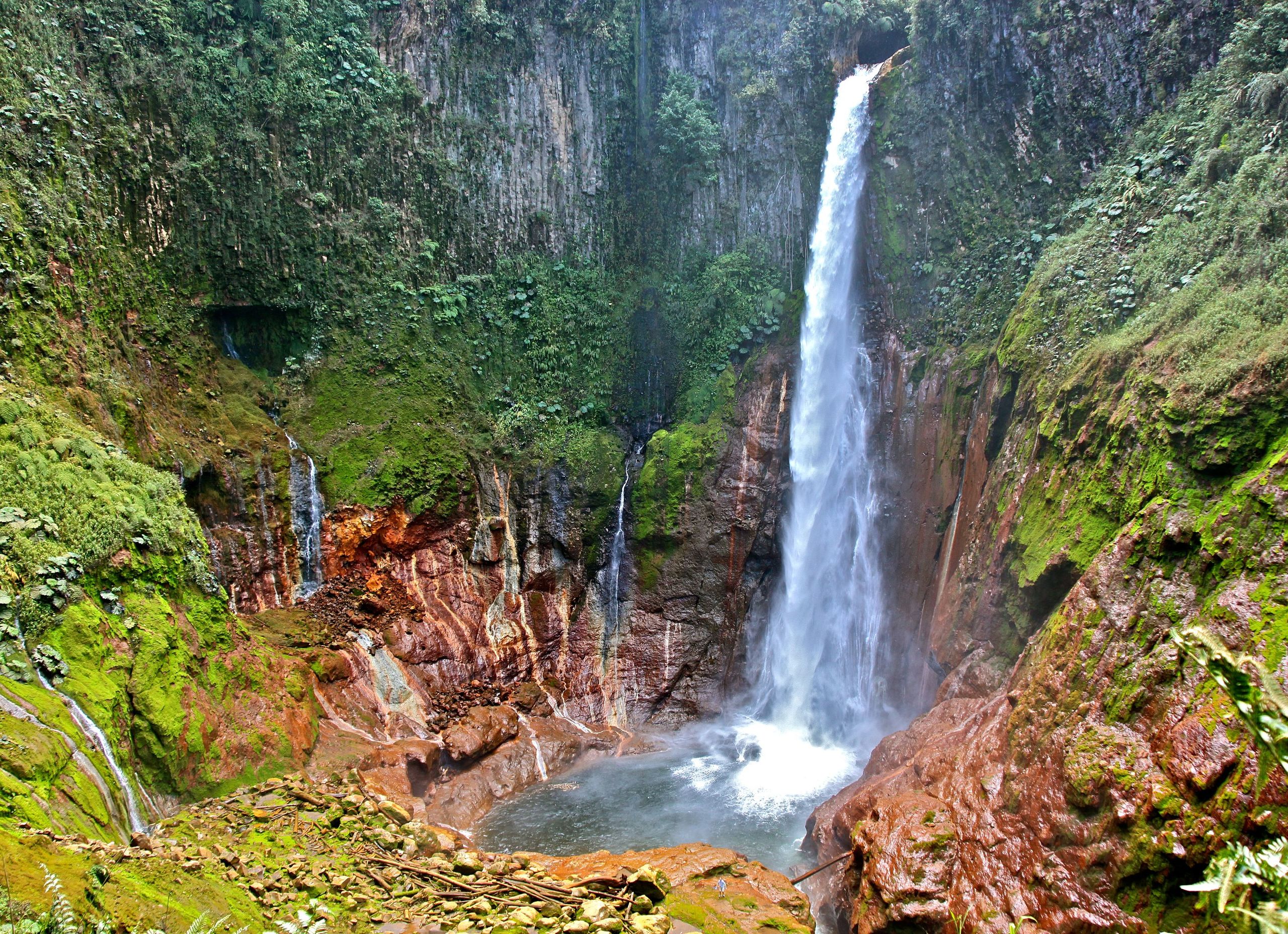
Image Source: By Steve Jurvetson
The Bajos del Toro Cloud Forest, a hidden gem in the Alajuela province of Costa Rica, is an enchanting escape for nature lovers and hikers. Located approximately 65 kilometers (40 miles) from San Jose, this small town is a treasure trove of natural wonders, including many waterfalls, rivers, blue pools, and diverse hiking trails. Nestled at about 1000 meters in elevation, Bajos del Toro is a haven for those seeking to experience the serene beauty of the cloud forest environment, surrounded by a captivating landscape of lush vegetation and vibrant wildlife. The area, primarily a farming region, is gradually opening to tourism, inviting visitors to explore its natural attractions and immerse in a more authentic and rustic Costa Rican experience.
How to Get There and What to Expect
Reaching Bajos del Toro requires a car, as it’s about a 2-hour drive from San Jose, with the last part being steep and hilly past Zarcero. The roads are paved, and a high car or 4WD is recommended, especially during the rainy season. Upon arrival, visitors will find a tiny town with small markets and limited accommodations, offering a genuinely off-the-beaten-path experience. English is not widely spoken so that basic Spanish can be helpful.
The main attractions in Bajos del Toro are its stunning waterfalls, such as Catarata del Toro, Tesoro Escondido, and Blue Falls. The Catarata del Toro is breathtaking, dropping 270 feet into an extinct volcano crater. Hikes range from easy, family-friendly trails to more challenging treks, leading to mesmerizing natural beauty. The area doesn’t have extensive tourist infrastructure so that visitors can expect an authentic experience in a tranquil setting. The weather can be rainy due to its elevation, with the best months to visit being February to April. Visitors should come prepared with appropriate hiking gear, raincoats, and a sense of adventure for exploring this remarkable cloud forest destination.
9. Explore the Nicoya Peninsula’s Secluded Beaches
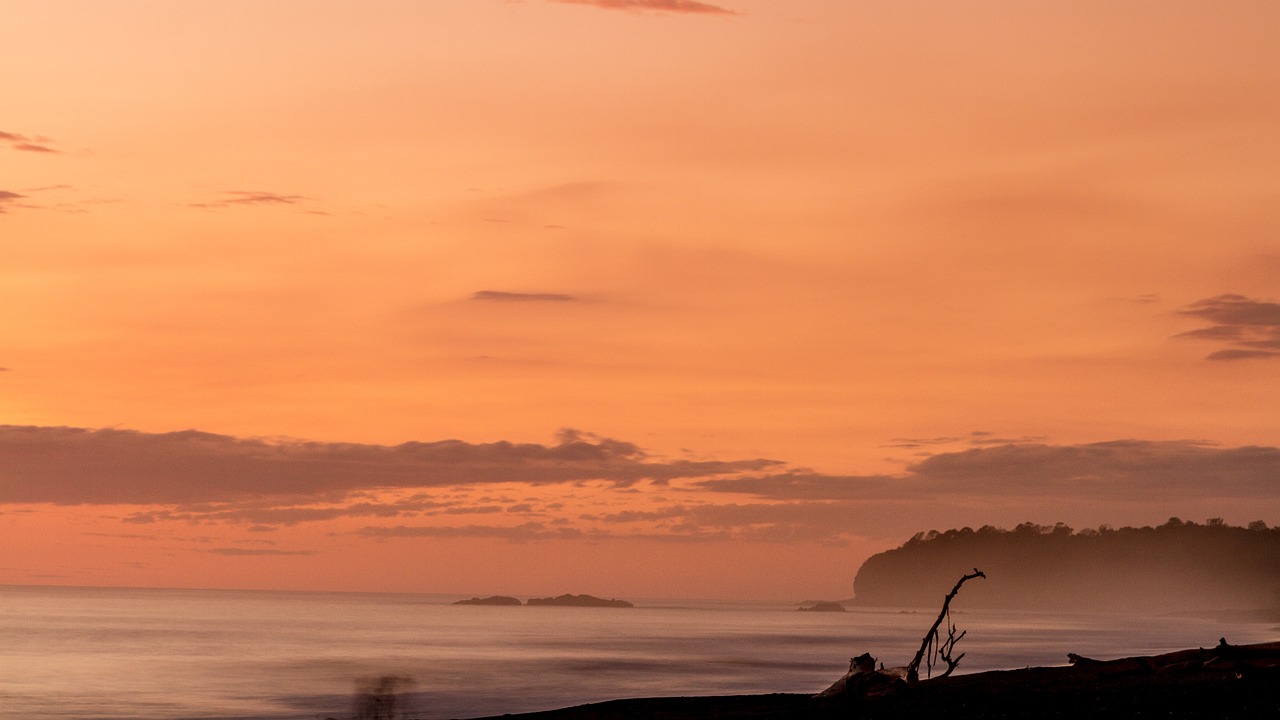
The Nicoya Peninsula, a serene and picturesque region in Costa Rica, is celebrated for its magnificent beaches and long dry season. Spanning 80 miles in length and averaging about 31 miles in width, the peninsula is a blend of rugged, mountainous landscapes and idyllic coastal scenes. Known for its Blue Zone living, the area is perfect for travelers seeking a peaceful retreat amidst nature. The beaches of the Nicoya Peninsula, particularly in towns like Nosara, Samara, Santa Teresa, Malpais, Cayuba, and Montezuma, are renowned for their seclusion and laid-back ambiance. Surfers and wellness enthusiasts frequent these beaches, known for their excellent surf conditions and tranquil environment. Each beach offers a unique experience, from the calm waters of Samara Beach to the dependable surf breaks at Guiones Beach in Nosara.
How to Get There and What to Expect
Given the region’s remote location, access to the Nicoya Peninsula can be achieved by flying into domestic airports like Tambor or Nosara. The journey often involves navigating dirt roads, adding to the adventure. Once there, visitors can expect diverse experiences, from relaxing on secluded beaches to exploring local wildlife and engaging in water sports. The region is also a hub for wellness activities, including yoga and spa treatments, thanks to its status as a Blue Zone – an area where locals live longer and healthier lives. The beaches, although popular, retain a sense of seclusion and are perfect for swimming, kayaking, snorkeling, and surfing. The Nicoya Peninsula is ideal for those looking to unwind and enjoy Costa Rica’s stunning natural beauty in a more remote and tranquil setting. Visitors should come prepared for a laid-back, nature-centric experience and take the opportunity to disconnect and immerse themselves in the unique lifestyle of the peninsula.
10. Camping at Chirripó National Park
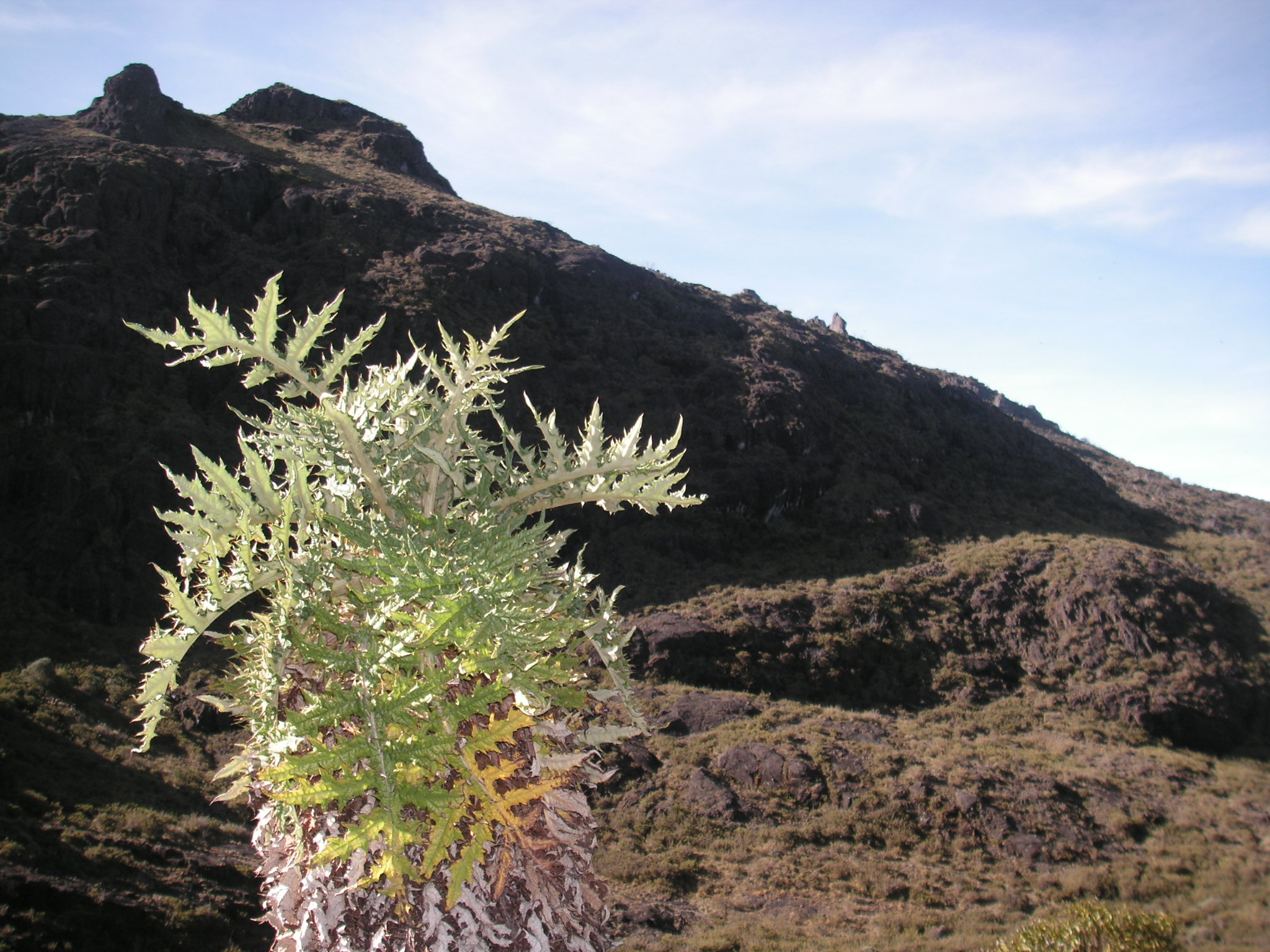
Image Source: By Asequeir at English Wikipedia
Chirripó National Park, nestled in the Cordillera de Talamanca, the most extended mountain range in Costa Rica, offers a spectacular camping experience for nature enthusiasts. The park is known for its ecological diversity, resulting from altitude, climate, and soil variations. Its landscape is marked by sculpted glacial formations, including U-shaped valleys, lakes (moraines), and terraces. The most remarkable feature of the park is the peak of Chirripó itself, from which, on clear days, you can admire both the Caribbean and Pacific coasts. The hike to the summit takes you through lush vegetation, offering excellent bird-watching opportunities and stunning natural vistas. Chirripó is not just a hiking destination; it’s a journey through diverse ecosystems, culminating in breathtaking views that reward the effort.
How to Get There and What to Expect
Access to Chirripó National Park is through the San Gerardo de Rivas community, about 20 km northwest of San Isidro del General. The park is about 153 km from San José reachable via the Pan-American Highway. The hike to the summit of Chirripó is challenging and recommended for experienced hikers. Preparation is vital, with proper gear and physical readiness essential. The park offers basic visitor services, including a ranger station, information, signage, restrooms, drinking water, and lodging. Camping in Chirripó provides an immersive natural experience, but it’s important to note that amenities are basic, focusing on the essentials for a safe and enjoyable hike. The park’s operation hours are from 8 a.m. to 4 p.m., and it’s advisable to check for any specific entry requirements or booking procedures, particularly for overnight stays. Camping at Chirripó is an adventure that combines physical challenge with the reward of unparalleled natural beauty.
Conclusion: Costa Rica’s Hidden Attractions Beckon
Costa Rica, a land of unparalleled beauty and adventure, offers far more than the eye can see at first glance. Beyond its well-known destinations lies a world rich with hidden gems, each offering an enriching and unforgettable unique experience. In embracing its diverse and rich ecosystems, one finds not just a journey through land and sea but also a journey within. Each hidden waterfall, each secluded beach, and each cloud-kissed peak of Costa Rica whispers stories of the earth’s profound beauty and resilience.
In the quiet corners of its rural communities, amidst the undulating waves of its surf spots and under the canopy of its lush forests, Costa Rica holds the promise of discovery and the gift of perspective. This land doesn’t just boast of its natural splendors and teaches the art of living in harmony with nature. Each destination tells a story of Costa Rica that is off the beaten path but deeply ingrained. They beckon with the promise of adventure, tranquility, and a closer connection to the natural world. For those willing to venture beyond the familiar, Costa Rica offers a kaleidoscope of uncharted wonders, where every step is an opportunity to witness the dance of nature in its purest form.
 Dan is passionate about creating stories that help people discover and navigate unique perspectives and better understand the world around them. Aside from writing, Dan is an avid amateur marathon runner.
Dan is passionate about creating stories that help people discover and navigate unique perspectives and better understand the world around them. Aside from writing, Dan is an avid amateur marathon runner.Like Our Articles?
Then make sure to check out our Bookstore... we have titles packed full of premium offshore intel. Instant Download - Print off for your private library before the government demands we take these down!

